 Today in history! On May 1, 1751 the first (and perhaps last) cricket game was played in America. I have no further information to share with you - who played, who won, how long the game lasted, whether they stopped mid-game for a spot of tea, if any fan(s) stayed for the whole game. I do know that, for ever what reason, cricket is not a big game here in the states. It's not even a little game. We play baseball and eat peanuts and crackerjack.
Today in history! On May 1, 1751 the first (and perhaps last) cricket game was played in America. I have no further information to share with you - who played, who won, how long the game lasted, whether they stopped mid-game for a spot of tea, if any fan(s) stayed for the whole game. I do know that, for ever what reason, cricket is not a big game here in the states. It's not even a little game. We play baseball and eat peanuts and crackerjack.The British still owned the US in 1751 which explains why the game was even played here on our soil in the first place. After 1776 we changed our TV channels to Baseball, Basketball, American Football and let the Canadians come on down and play Hockey with us.
Cricket was played in the Olympics only once: during the 1900 Olympics in Paris, France.
Other first and last time sports played in these first Olympic games of 1900 (which was an appendage of the 1900's World's Fair) included obstacle swimming, pigeon shooting, pigeon racing equestrian high and long jumping, angling, ballooning, canon shooting, fire fighting, kite flying and life saving.

The card is dated April 11 with no year. Mother is writing a note to her children to tell them Cyrus is getting better, and they celebrated his birthday yesterday and had a nice dinner. The weather is beautiful, but no rain, and although the farmers are busy they aren't planting yet. There's something about chickens and beans. She misses her children and wishes they could visit.
American Crickets of Note:
Although cricket did not catch on here, crickets did. The invasion of Mormon crickets in Salt Lake, Utah, is part of our history as are the thousands of hungry seagulls who flew by and saved the day.
 Rock n' Roll Cricket
Rock n' Roll CricketBuddy Holly (and the Crickets) was a important and revolutionary Cricket to the music culture
For more Postcard Friendship Friday fun, stop by Beth's at "The Best Hearts Are Crunchy"


















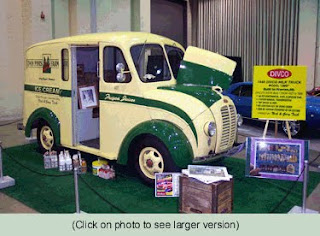


















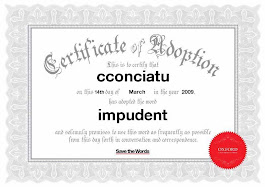

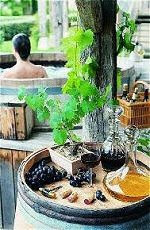


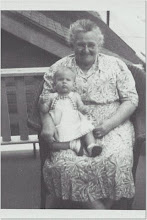
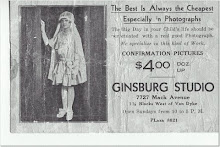












.JPG)




































